Okay so I'm a beginner at electronices not sure where to begin looking so I'm just going to ask, is there a way to maintain voltage at 5V but it must be able to change to below 5V.
Basically, I'm hooking up an output from a sensor and going to connect it to an Arduino for data logging. But the problem is the output from the sensor can go up to 7V or more(According to the a program that monitors the sensor, it doesn't do data logging), and i wish to avoid frying the Arduino board so is there a way to fix that?
Will a voltage regulator do it? All I know about voltage regulators is it maintains voltage at a certain point.
So to make it clearer, is there a way to prevent the output voltage of the sensor from shooting above 5V and also be able to change from 0V to 5V.
